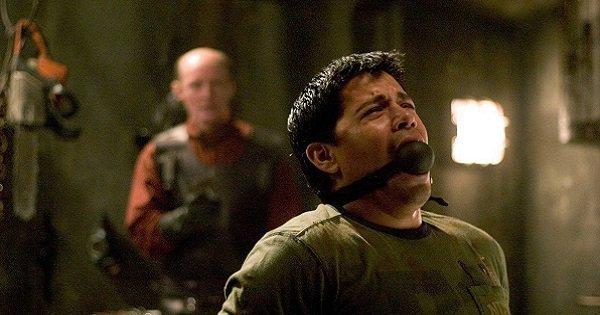Recently, NASA Astronaut A.J (Drew) Feutsel shared a video of him trying to walk on land, after spending 197 days at the International Space Station, for a field test experiment.
And the video is the perfect example of how difficult space travel really is.
Welcome home #SoyuzMS09 ! On October 5th this is what I looked like walking heel-toe eyes closed after 197 days on @Space_Station during the Field Test experiment…I hope the newly returned crew feels a lot better. Video credit @IndiraFeustel pic.twitter.com/KsFuJgoYXh
— A.J. (Drew) Feustel (@Astro_Feustel) December 20, 2018
Astronaut A.J. Feutsel was the Commander of Expedition 56, and this was his career’s ninth spacewalk, bringing his cumulative spacewalking time to 61 hours and 48 minutes.
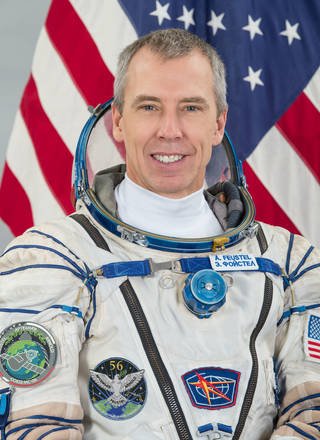
The video garnered both awe, gasps, and jokes on Twitter.
Good luck to anyone trying to walk on Mars after the long voyage.
— Surtur (@Surtur) December 21, 2018
Yikes, I have never seen the test, only heard about it.
— Space Shuttle Almanac (@ShuttleAlmanac) December 20, 2018
Thank you for sharing that! What an amazing contribution you have been.
— Lorraine Folkes (@lafolkes) December 21, 2018
As part of the mission, the astronauts were involved with the installation of new high-definition cameras at the ISS for enhanced views, and complete additional tasks like relocating grapple bar to aid future spacewalkers.
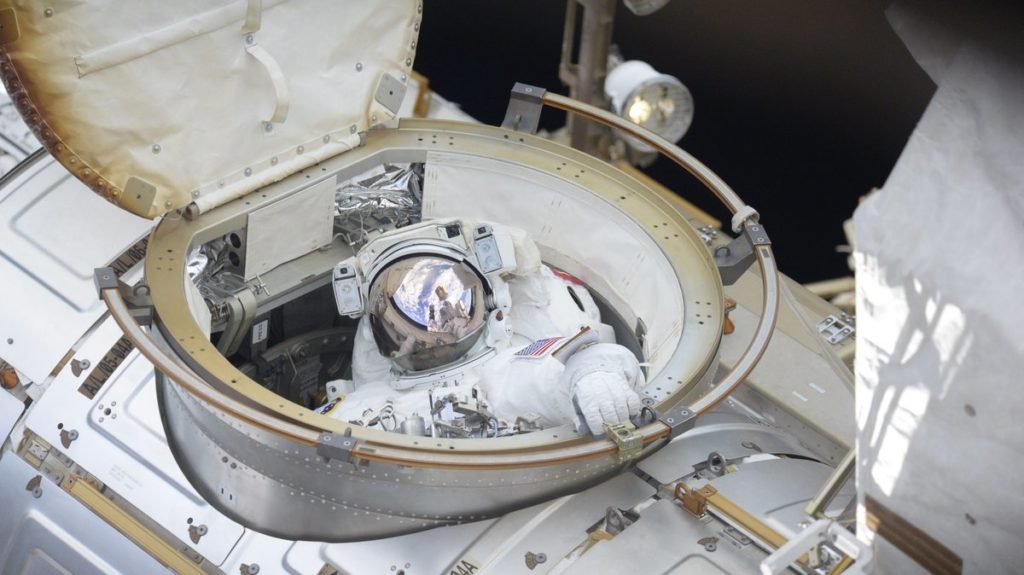
Missions like Expedition 56 are thus crucial for the assembly and maintenance of the station.
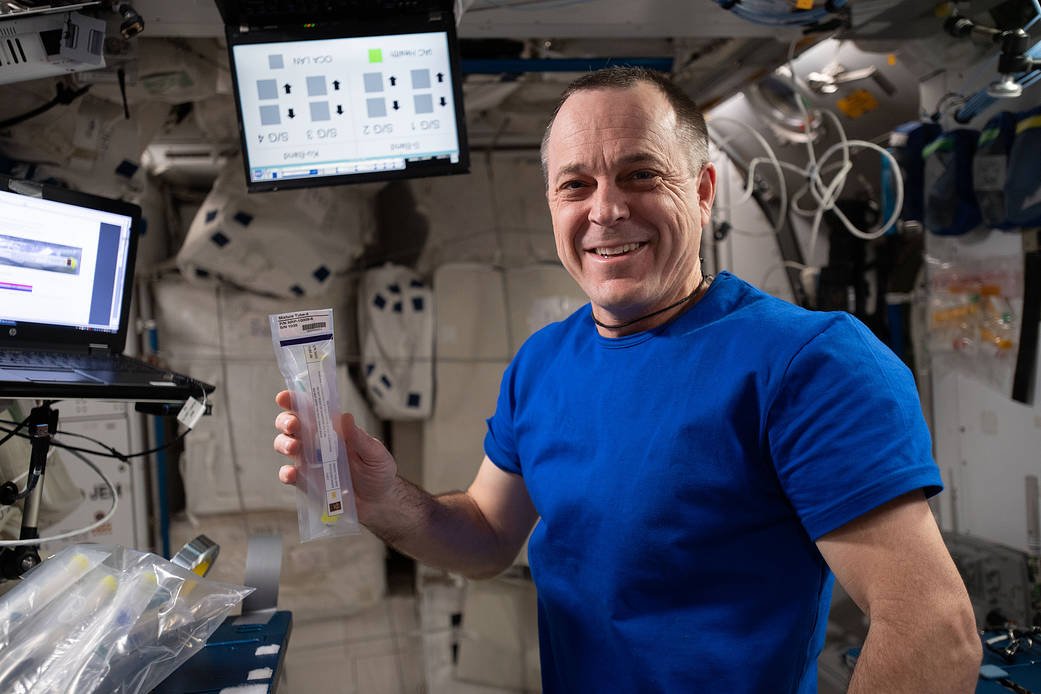
Like all other astronauts, Feutsel too underwent extensive training prior to the mission. According to NASA, it can take up to two years to become a fully qualified astronaut.
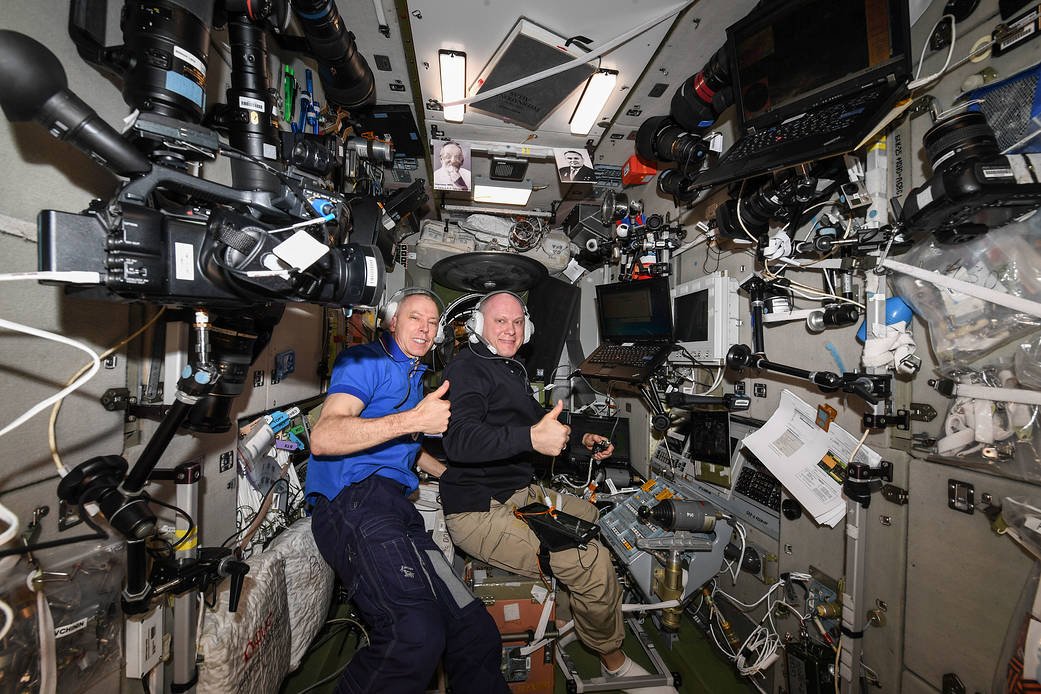
The grueling training includes sessions at ‘The Neutral Buoyancy Laboratory’and the ‘Weightless Wonder or Vomit Comet’.
The former helps with spacewalks and astronauts can spend as much as seven hours at a time under water. The latter induces 20 to 25 seconds of zero gravity, and at times, can even lead to vomiting (thus the name).
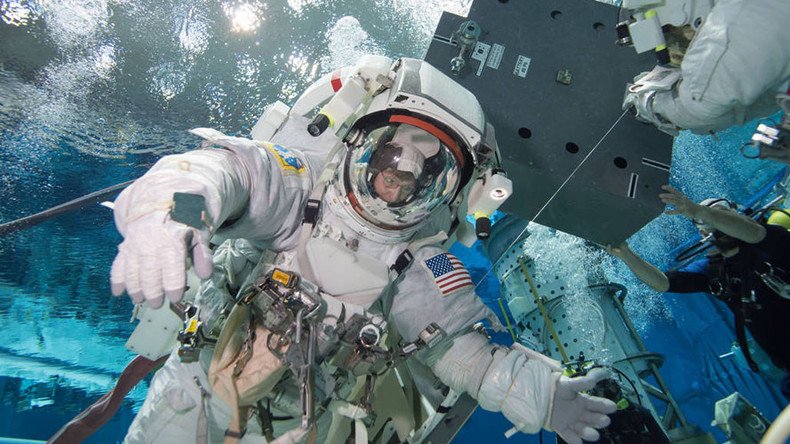
However, it is not just the training prior to space travel that is hard to cope up with. Spending time in space and returning to earth can make even the most natural movements feel like the toughest ordeal.
Something as basic as walking becomes an unnaturally difficult feat, especially for someone who has spent more than half a year in space.
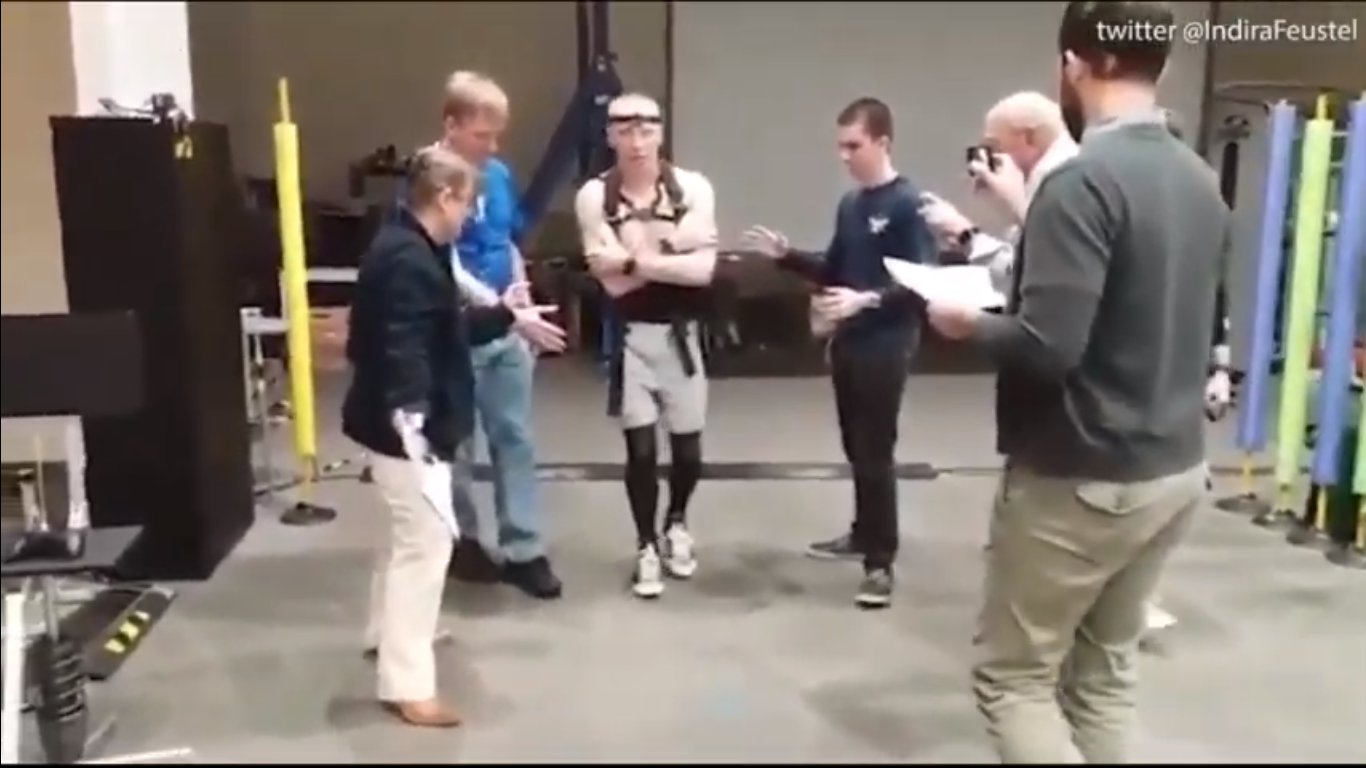
On Earth, our body is constantly working against gravity and thus even when we are not exercising at all, our body muscles are still working. However, in zero gravity, our body can easily turn to a noodle if not exercised.
To keep up muscle mass and bone density while in microgravity, astronauts exercise for about two hours every day when in space. The ISS is thus, equipped with specially designed training equipment.
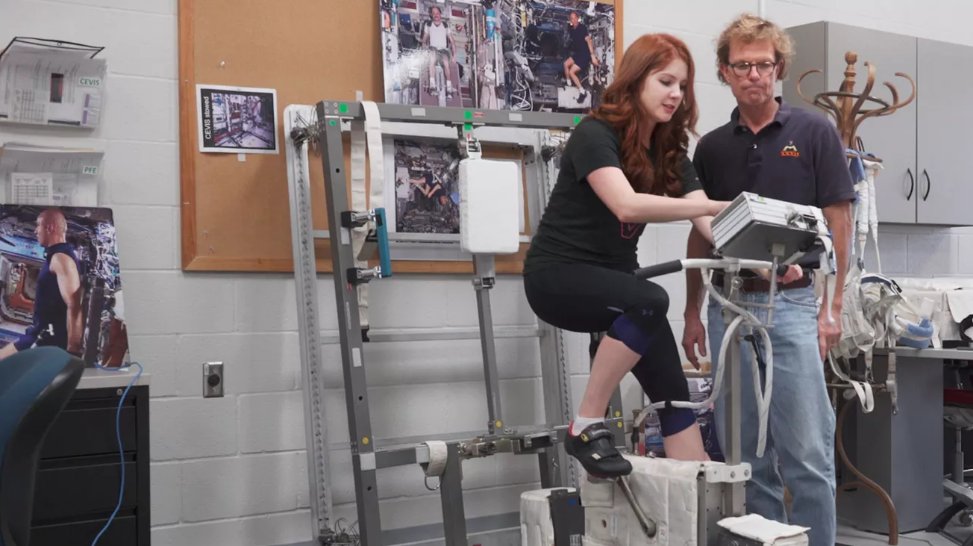
Once back on Earth, astronauts have to go through a series of physical and medical tests to see how their bodies withstand living in space.
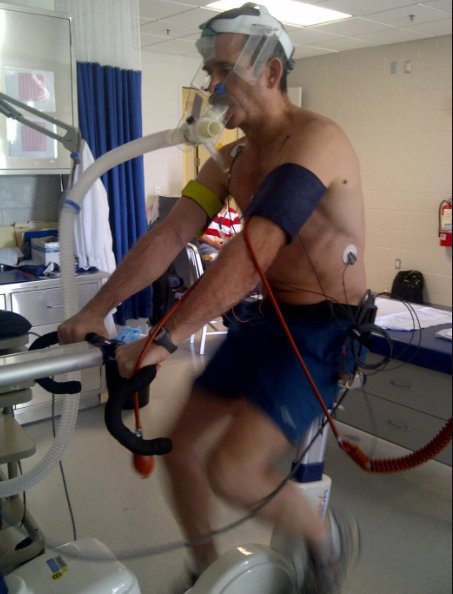
According to Space.com, astronauts have reported struggling with speech and vision problems after they come back from space missions. This is primarily because, after returning from space, the bone density lessens at a rate of 1 percent a month, muscle mass shrinks and even eyeball pressure changes.
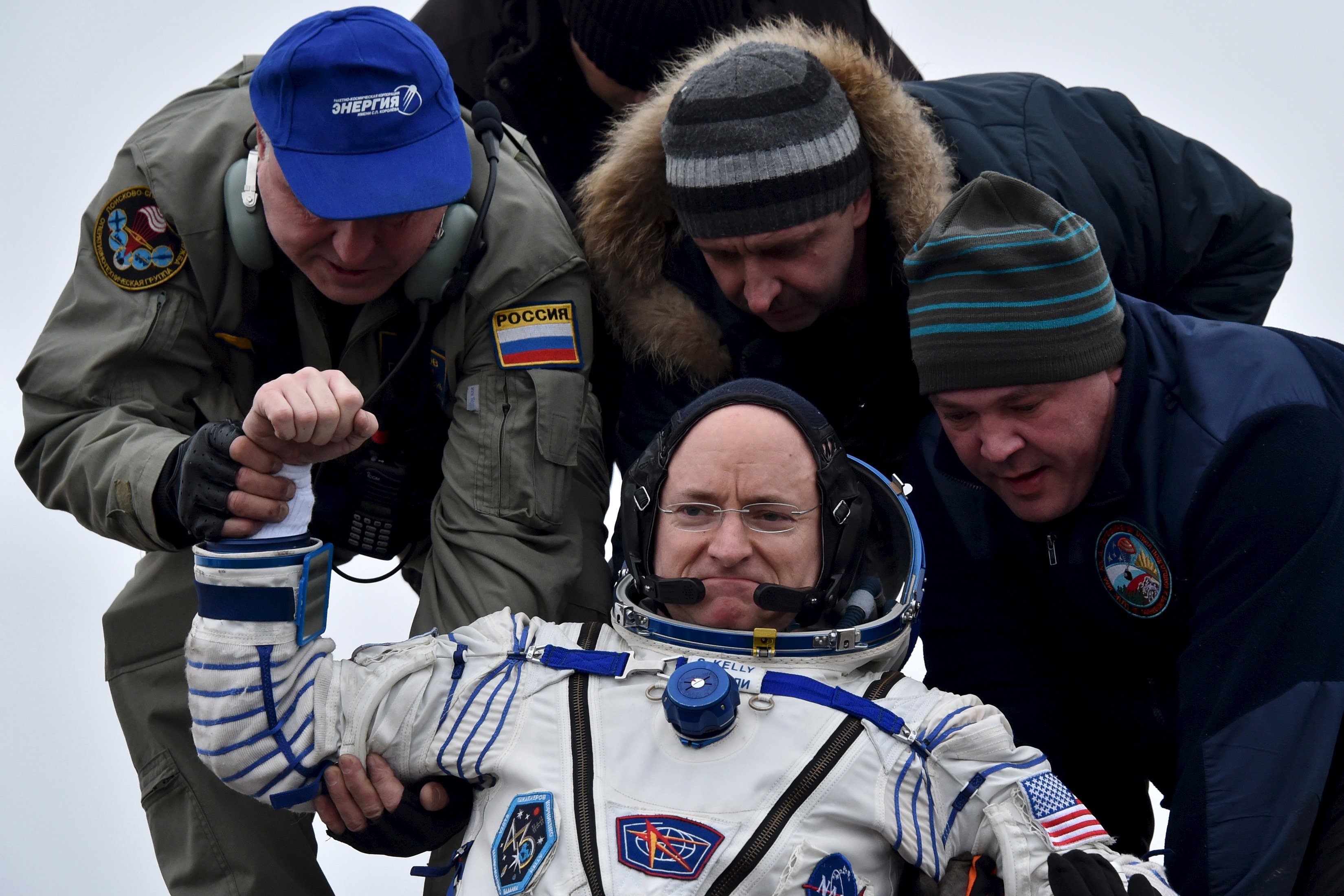
Clearly, space travel may look enviably fancy, but it’s no simple task.






